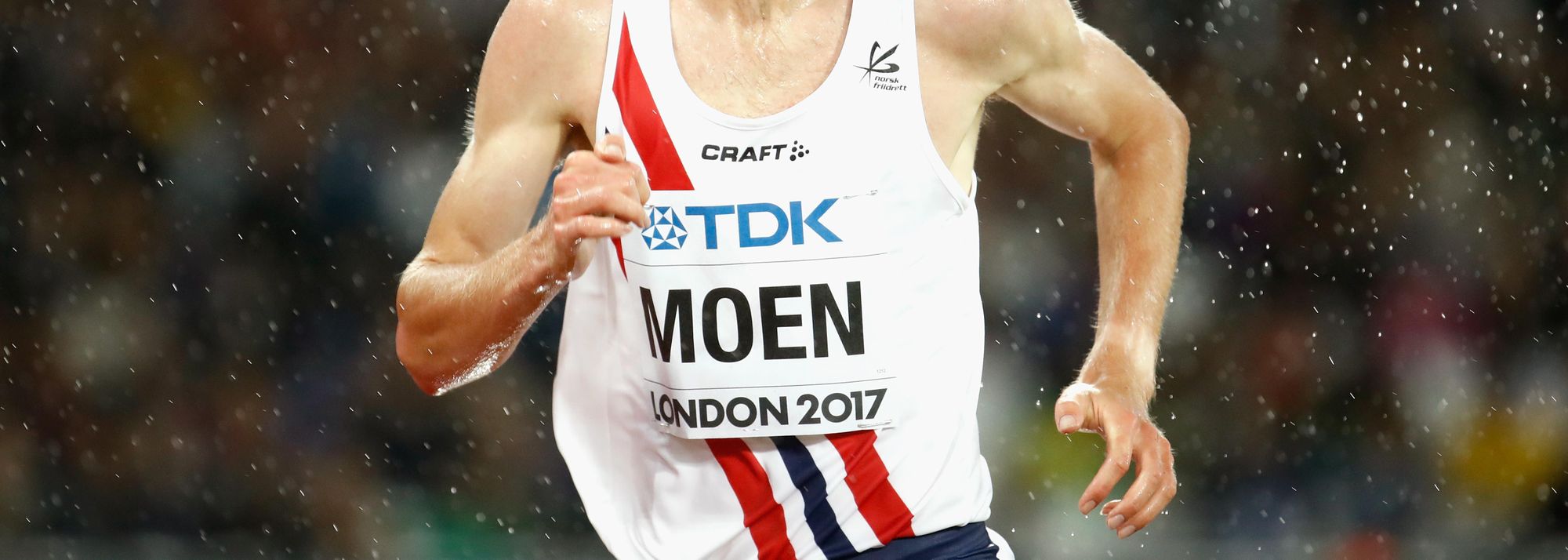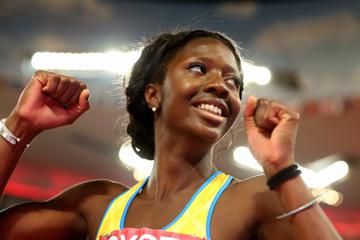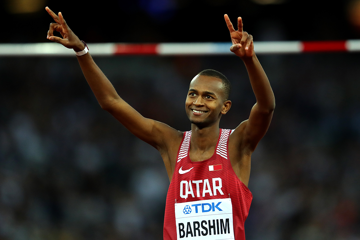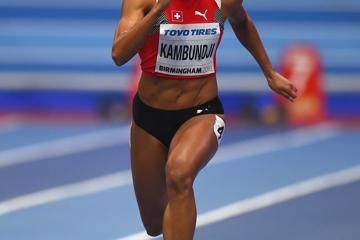Sondre Nordstad Moen in action at the IAAF World Championships London 2017 (© Getty Images)
European marathon record-holder Sondre Nordstad Moen made a sensational breakthrough in late 2017. Here the rising star of Norwegian road running talks in some detail about smashing the landmark one-hour barrier for the half-marathon and a lengthy period of injury frustration for his high and low moments.
High
In 2016 I became a full-time athlete and in September of that year I started to be coached by Renato Canova, which I believe were two key factors in my journey to running a sub-one-hour half marathon in Valencia.
Before working with Renato, I was self-coached for a year and while I had the knowledge to run a 2:10 or 2:11 marathon, I did not possess the knowledge my coach does of the specific sessions to run faster. My training programme has changed a lot under Renato and under his regime I run faster on my daily runs and I have two to three days behind hard workouts whereas in the past my hard workouts were always every second day. It took a while to adapt to my new training regime and I found at first I spent a lot of time sleeping to recover.
But over time my performances in the training group improved to the point that Abel Kirui (the two-time world champion) was the only guy in front of me ahead of sessions. This filled me lots of confidence as did running my first ever sub-eight minute 3000m. Now, I know to run a sub-eight-minute 3000m is not so special but my previous best was 8:01 set when I was 19 and it was a barrier I wanted to break. Last July I ran a meet in Nembro, Italy, expecting to maybe run 7:58. I had done no specific preparation for the race but I ran 7:52.55 – it was an important breakthrough for me. In September I ran 27:55 for eighth in a 10km in Prague and this gave me the belief I could run a 60:30 half-marathon in Valencia the following month.
That day I ran at a smooth pace and passed 10km in 27:56 – only one second slower than I had ran for that distance in Prague. Three guys moved ahead and I found from 11km on I was running my own. But the pace remained consistent. I ran the race without a watch but at 15km I saw the time and I thought I had a chance of beating one-hour. For the rest of the race I tried to relax as much as possible and maintain my rhythm. To cross the line in 59:48 was in some ways even a bigger achievement then my 2:05 European record time when winning the Fukuoka Marathon in December. To run just under an hour is a major landmark and as significant as running a 3:59 mile compared to that of a 4:01 mile.
Low
Two weeks after winning the European Under-23 10,000m title was when I first picked up an injury in my foot. Little did I know then how that would bring about two or three years of my career which would just disappear. In 2012 the problem continued and I had a total of five MRIs to find out more about the problem. It was then I was told I had a stress fracture under the ball of the foot and that I also had tendinosis –a liquid in the sheet of the tendon to the big toe. It was very frustrating.
In January 2013 after a lot of treatments and investigations, one final MRI in Oslo discovered I had a total rupture of the tendon. This was one of my lowest moments and it was a period when I thought about whether I would continue in the sport or go back to school.
Two months later I underwent tendon replacement surgery and then in May of that year I went through a second surgery to shorten the tendon. It was a very rare type of surgery and the surgeon told me it would take a year to recover and there were no guarantees I would be able to get back to my former level as an athlete.
It was a long, slow road to full recovery. I had to re-learn how to walk as my foot had lost its strength. It wasn’t easy but after I ran a 9km race in New Year’s Eve 2013 at an average of 3:05 per kilometre that gave me the belief I could come back. The question was how much workload could the new tendon withstand.
Steve Landells for the IAAF








